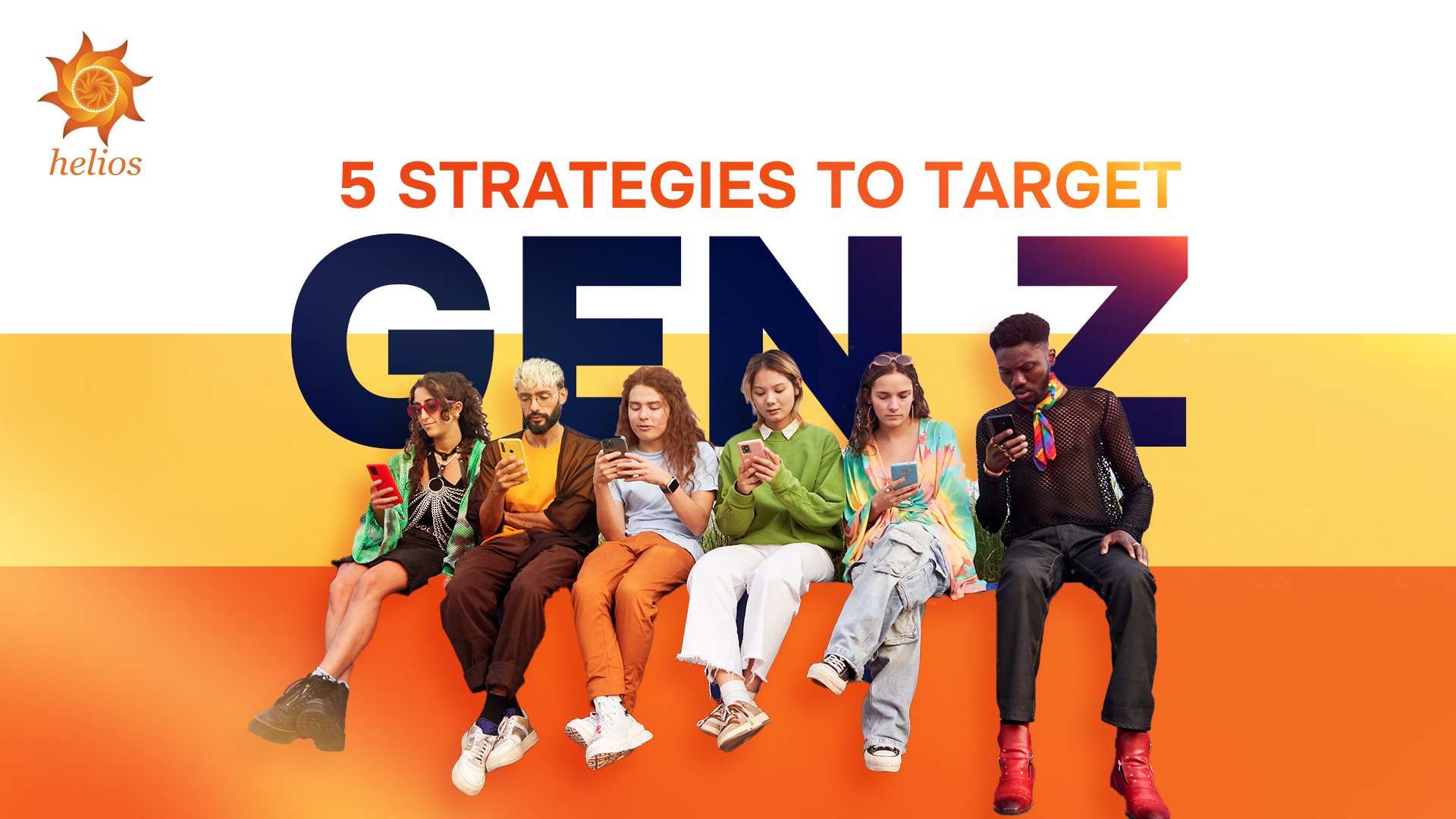Gen Z is different…You might need something more to grab their attention if your High-Ticket business is targeting this audience.
Generation Z has evolved as a distinct and influential generation that calls for a different strategy to marketing marketing. These individuals are unlike any previous generation in terms of their media consumption, digital activity, and attitudes toward advertising since they were born into a world where smartphones, social media, and fast technical breakthroughs are the norm. When it comes to developing campaigns that connect with consumers, it is essential for marketers to comprehend and capitalize on these distinctions. In order to properly target advertisements to Generation Z, here are five crucial data that demonstrate how to do so.

Stat: 1 Confidentiality
Attesting to the fact that 82.7% of Gen Z individuals in the United States between the ages of 18 and 24 are concerned about the protection of their data while interacting with companies online. According to Campaign Monitor’s research from July 2023, seventy percent of customers in the Gen Z demographic regard data privacy rules to be either vital or very important for brand loyalty.
Analysis: Data protection has become an extremely important concern as a result of the increasing deployment of artificial intelligence (AI) and the increased focus on privacy rules. In light of the fact that 19 states will begin implementing consumer data protection legislation as of June 2024, companies are obligated to take proactive measures to guarantee compliance and transparency in such operations.
Strategy: The strategy is to create privacy rules that are easily understandable and accessible, and then successfully convey them to your audience. If you want to develop trust and loyalty with your customers, emphasize in your marketing messaging that you are committed to preserving their data.

Stat: 2 Social Media
In 2023, 51% of Gen Zers throughout the globe favored social media above search engines when it came to researching businesses, goods, and services (GWI). This indicates that social media has supplanted traditional search.
Analysis: TikTok, YouTube, and Instagram are examples of platforms that are visually rich and engaging, and Gen Z prefers to use these platforms for brand discovery. This change provides a chance for firms to concentrate their advertising efforts on these platforms, which is a positive development.
Strategy: The strategy is to make investments in visual material of a high quality that is adapted for social media platforms. Take use of the most recent ad formats, such as the picture search tool offered by TikTok, in order to improve discoverability and engagement rate.

Stat: 3 Video and Influencer Material
According to a substantial 68% of Gen Zers between the ages of 15 and 26, they find businesses via videos on social media, and 47.8% of them are impacted by material created by creators.
Analysis: When it comes to engaging Generation Z, video content and influencer marketing are two effective methods that may be used. As opposed to single sponsored postings, however, the trend is moving toward partnerships that span many platforms and last over an extended period of time.
Strategy: Your strategy should be to establish long-term connections with artists and influencers whose values are congruent with those of your business. Create a variety of content formats, such as instructional, behind-the-scenes film, and interactive experiences, in order to keep people interested and engaged across a number of different platforms.

Stat: 4 Multiscreen Behavior
An astounding 89.6% of those in the United States who are members of Generation Z utilize a second screen while watching television.
Analysis: Campaigns that target several devices are required because of the multitasking behaviors of Generation Z. The creation of intriguing and interactive content that is capable of capturing and maintaining attention in a multiscreen environment is a must for brands.
Strategy: Create marketing campaigns that are geared for use on a variety of devices. It is important to have interactive components like as polls, quizzes, and links that may be clicked on in order to interest visitors who may be switching their attention between different displays.

Stat: 5 Personalized Offers
According to a statistical analysis conducted by PYMNTS Intelligence and Amazon Web Services in October 2023, members of Generation Z and millennials exhibit a greater level of responsiveness to loyalty incentives that are communicated via various channels, including text messages, mobile app alerts, social media advertisements, and website pop-ups.
Analysis: Even while email is still widely used, members of Generation Z value individualized offers that are sent via a variety of channels. They are especially interested in loyalty rewards that do not include discounts, such as exclusive access to items and suggestions that are targeted to their specific needs.
Strategy: Implementing a multi-channel strategy for the delivery of individualized offers is the chosen strategy. In order to provide timely information, you may make use of text messages and app alerts. Additionally, you can use social media advertisements and website pop-ups in order to reach a larger audience with targeted promotions.
Conclusion
For marketers to successfully reach and engage Generation Z, they need to adapt to the specific interests and habits of this generation. By placing a high priority on data protection, using social media for brand discovery, investing in video and influencer content, optimizing for multiscreen interaction, and diversifying communication channels for targeted offers, companies have the ability to establish deep relationships with this dynamic generation.
Reach Gen Z with our latest insights, follow us for more interesting statistics and trends on marketing.





